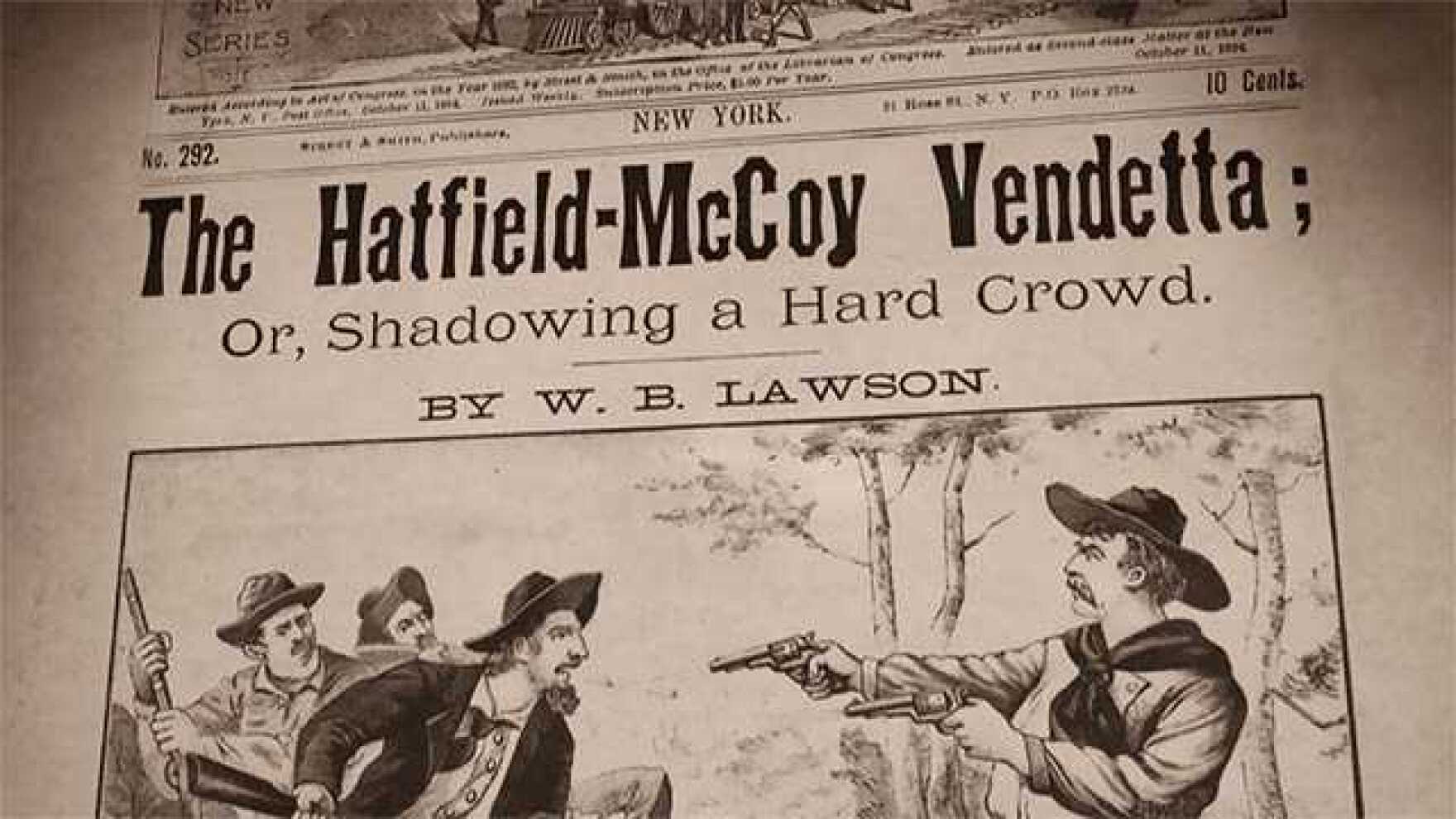The Hatfield and McCoy Feud is full of bloodshed and revenge. A New York Times article in 1896 referred to the feud as “frontier lawlessness,” and the Hatfields and McCoys as having an “utter disregard of human life.” The fact that the families got their income from illegal moonshining has also been used to discredit them as outlaws.
For some, the feud has become synonymous with the type of mischaracterization of Appalachians that we’d like to leave behind.
An episode of the PBS documentary TV show American Experience explores the complicated history surrounding the Hatfield and McCoy feud and the lasting effect it had on Appalachia’s identity. The episode is called, “The Feud“. West Virginia historian Charles Keeney was featured in the film.
“I first learned about the Hatfield-McCoy feud from Bugs Bunny,” Keeney said in the documentary. “When I was a little kid, I saw a Bugs Bunny cartoon in which there were these two feuding mountaineer families. The Hatfield and McCoy feud really created the stereotype of the hillbilly in the American popular consciousness. And it was this image of a simple-minded, violent and backward people.”
“We need to understand that sometimes the people telling the story about violence have as much of an agenda as the people who are acting out the violence in the first place,” Historian Robert Hutton said in the film.
Inside Appalachia host Jessica Lilly spoke more about this idea of understanding that agenda, among other things, with the writer of the documentary, Randall MacLowry.
This interview is part of an episode of Inside Appalachia that explores tourism in southern West Virginia and the lasting impacts the Hatfield and McCoy feud has had on the region’s identity.





















